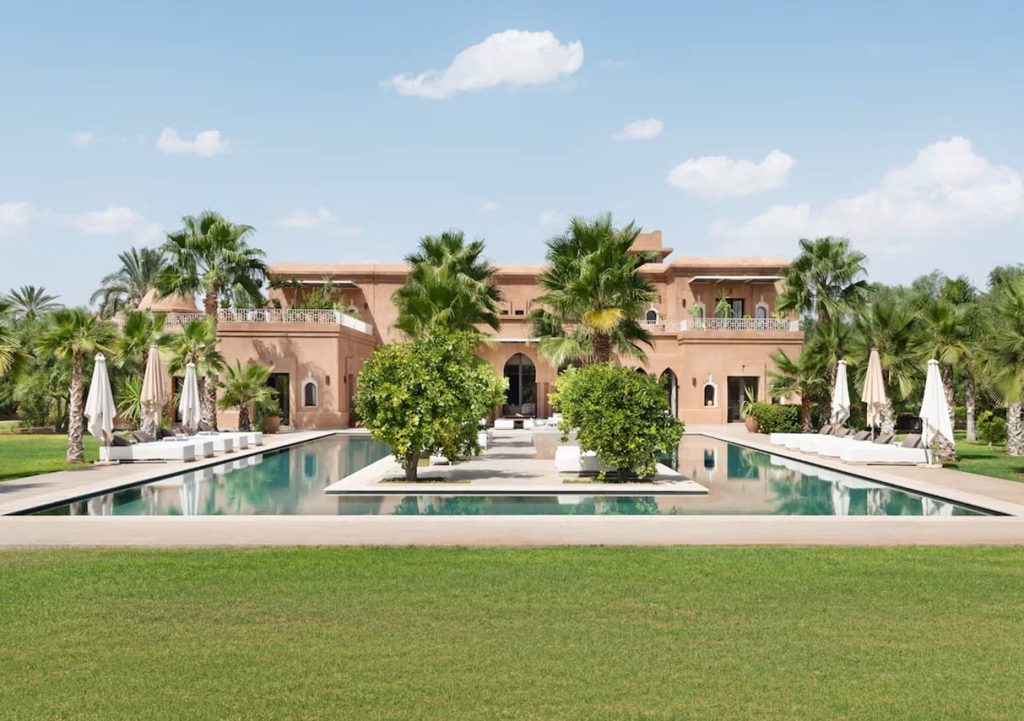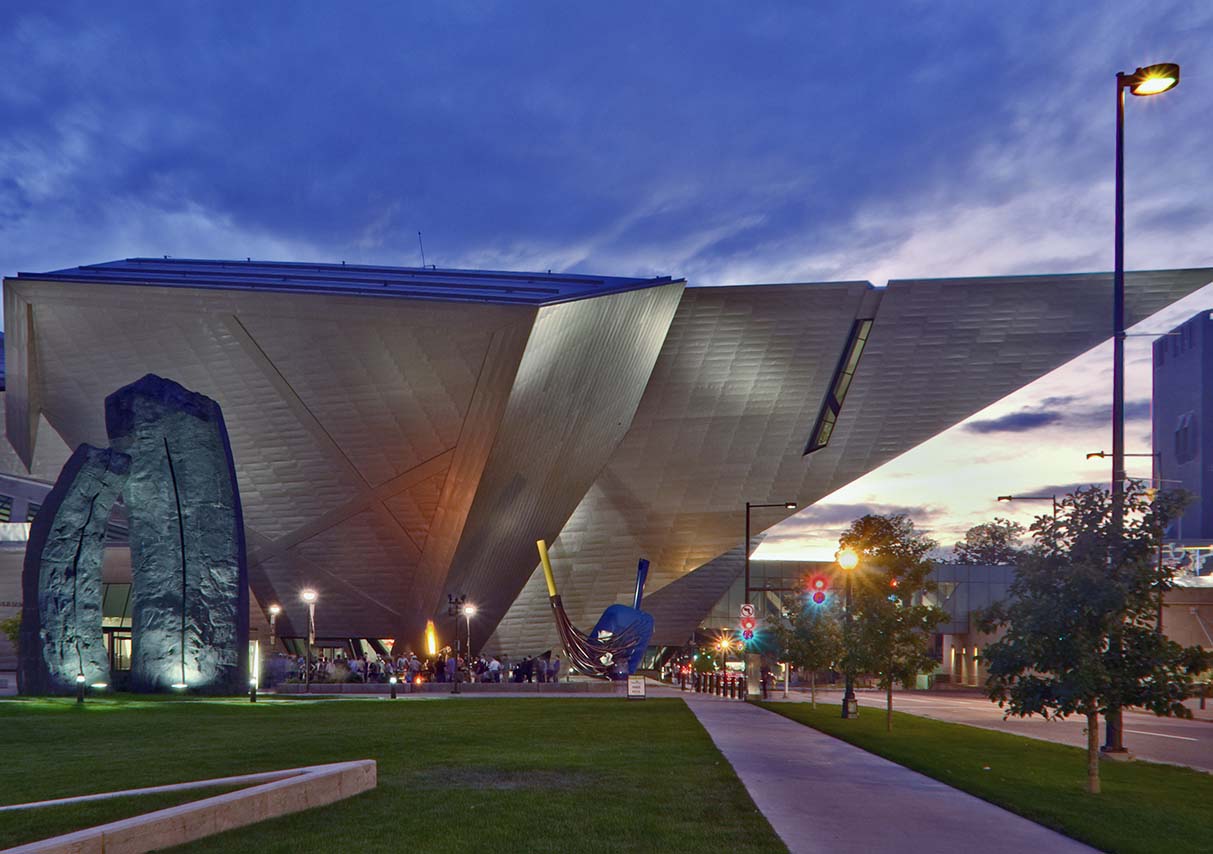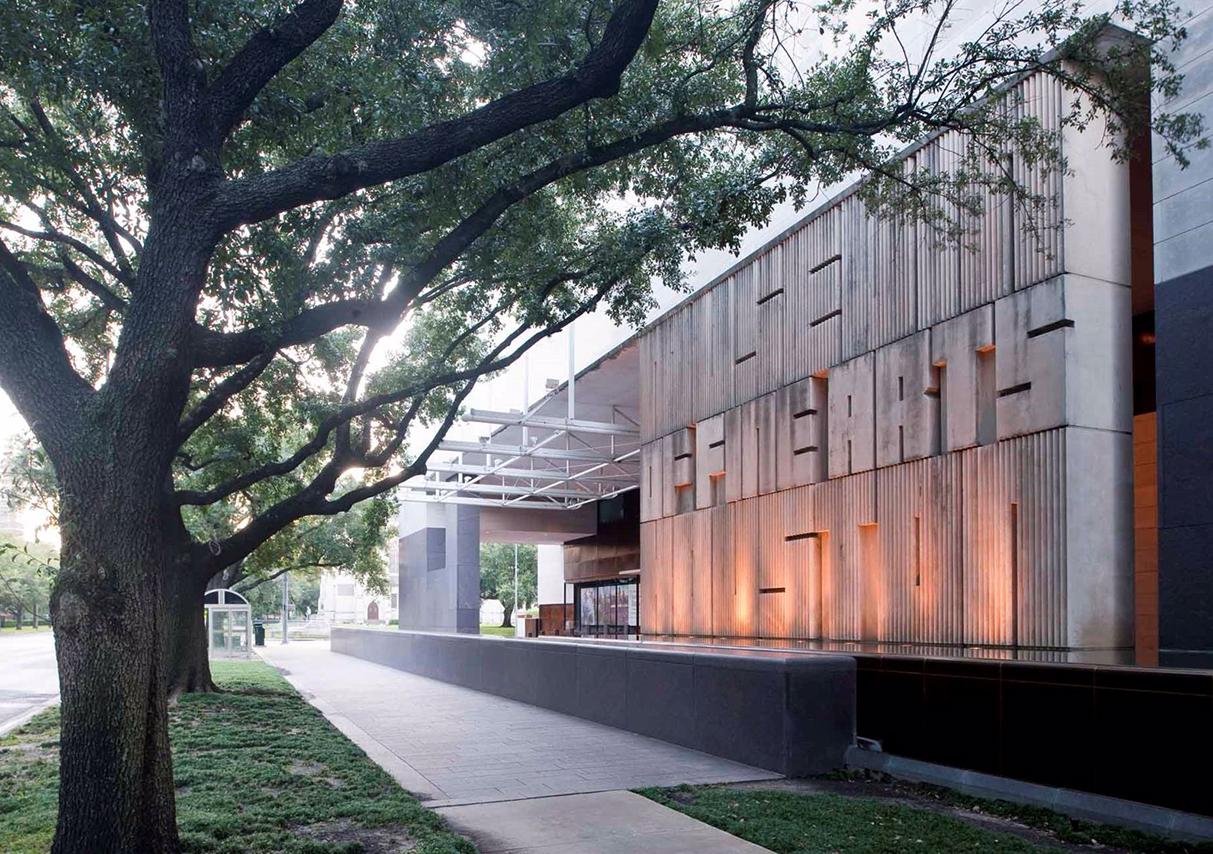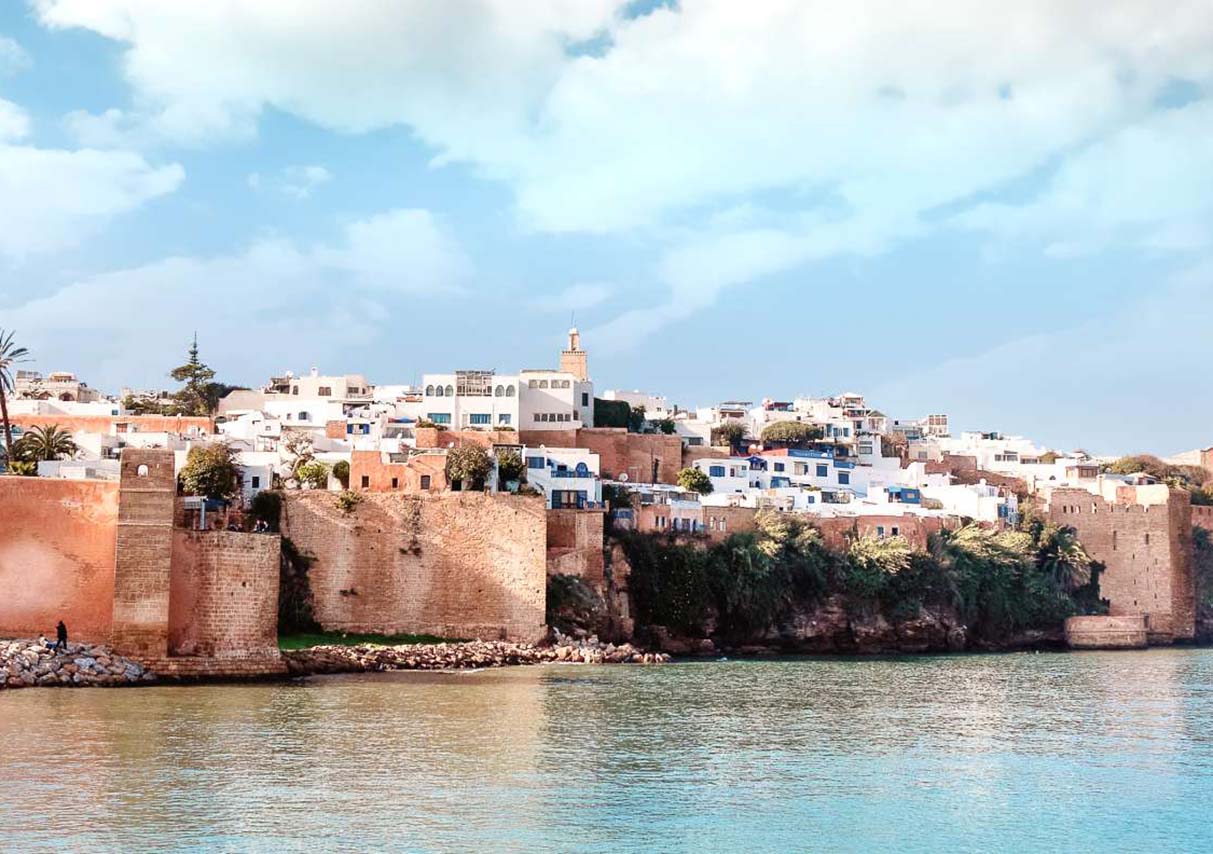There is a country straddling the crossroads of Europe, Africa and the Arab world, where the Atlantic meets the Mediterranean, where the golden dunes of the Sahara stretch to verdant valleys. This magical land is Morocco, a fascinating tapestry of diverse cultures, stunning landscapes and a history filled with stories of Berber tribes, Arab sultans and European settlers. Known for its labyrinthine medina, majestic mountains, vast deserts and miles of stunning coastline, Morocco is a journey into a timeless, serene world of quaint coastal villages, hillside Colorful towns and vibrant cities that never sleep. From the charming blue city of Chefchaouen to the bustling medina of Marrakech, every corner of this fascinating land is steeped in rich culture and history.
Sleeping Under the Stars in the Sahara
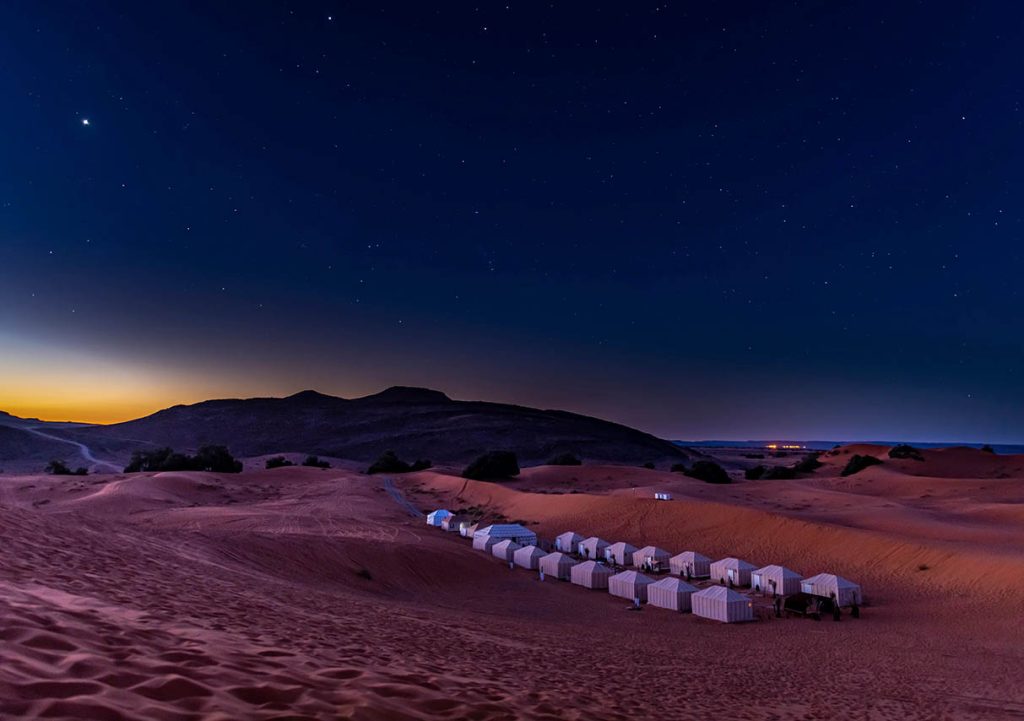
Nothing quite prepared me for the mystical allure of the Sahara. As the last rays of sunlight receded, they were replaced by a brilliant panorama of constellations, illuminating the desert in a heavenly glow. The celestial spectacle was akin to a dream as I tucked into my bedding, a mere dot amidst the expansive sand sea. Every star seemed to whisper ancient stories of the desert, tales of nomads and travelers from times long past. The Milky Way unfurled itself across the sky, its cosmic grandeur taking my breath away. The quiet was ethereal – the silence was not an absence of sound but a soothing serenade composed by the gentle rustling of sands, the occasional distant hoot of an owl, and the soft melody of the desert wind. My open-air bivouac, nestled amidst the dunes, offered a front-row seat to this nightly spectacle. The simplicity was profound, and the luxury immeasurable. There were no walls, no boundaries, just the vast stretch of the desert meeting the infinite night sky. It was a humbling experience that made me realize how small we truly are in the grand scheme of the cosmos.
Hiking the Atlas Mountains
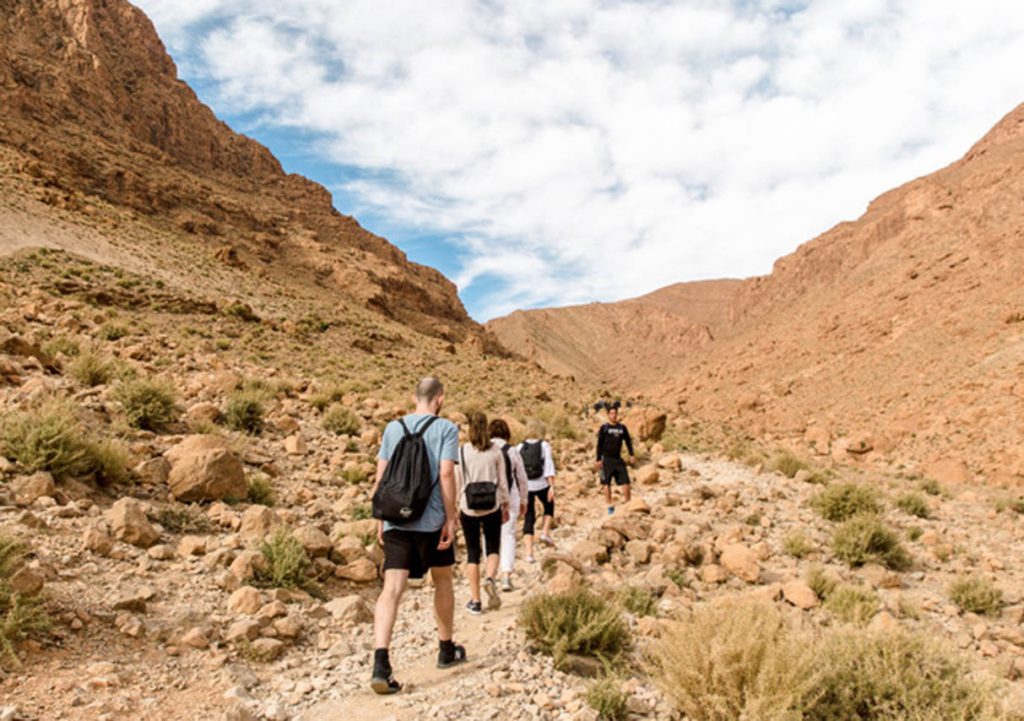
I will forever cherish the journey through the Atlas Mountains, a world towering above the plains of Morocco, surrounded by clouds and kissed by the sun. The rugged beauty of these mountains is breathtaking, with towering peaks, steep valleys and idyllic landscapes that are both breathtakingly beautiful and relentlessly harsh. The challenging trail led me through verdant forests, across sparkling streams, and up rocky trails that revealed panoramas that took my breath away. The snow-capped peaks glistening in the sun and juxtaposed against the clear blue sky are breathtaking. At every turn, the mountain landscape takes on a different aspect of its beauty, testifying to its enigmatic character. It wasn’t just the majesty of these mountains that moved me; it was the opportunity to explore a unique Berber culture. Nestled in the rugged folds of the Atlas Mountains are countless Berber villages, each a world in its own right, seemingly untouched by time. Here I found the simplicity and harmony of a way of life that has remained largely unchanged through the centuries. The smell of firewood, the women weaving colorful rugs, the children at play and the backdrops of good laughs – all add to the charm of these small Highland villages.
Eating at Café Clock
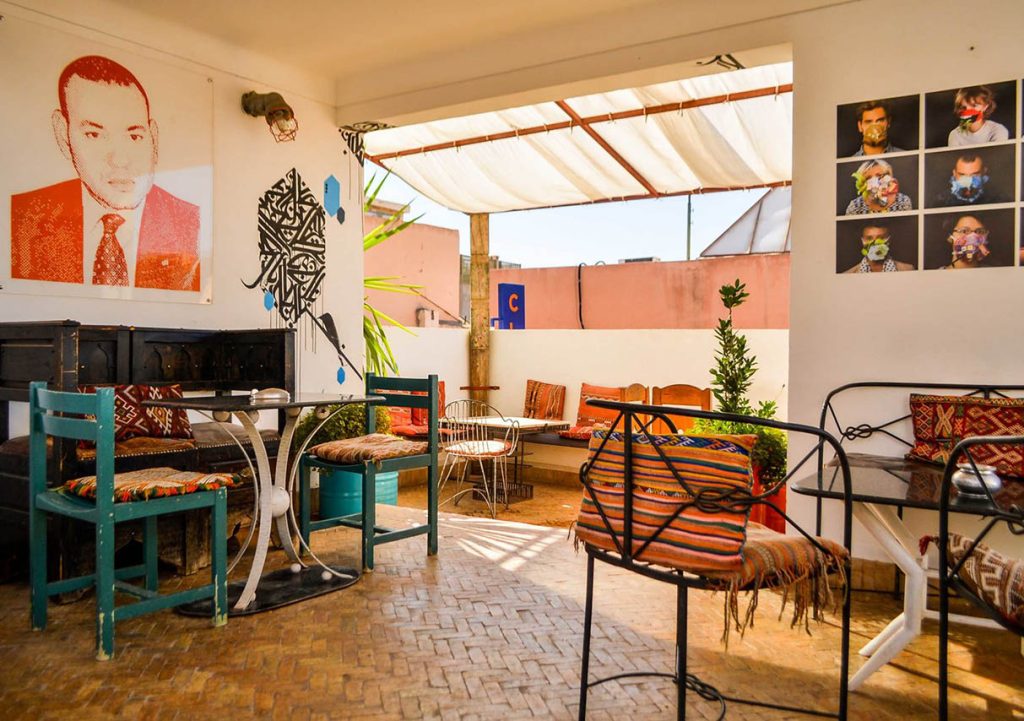
In the heart of Fez, within the ancient walls of the Medina, is an establishment that marries gastronomy and culture in the most delightful way. Café Clock, an iconic culinary institution, is more than just a restaurant; it’s a vibrant cultural hub that serves not only food but also a rich slice of local life. This multi-story haven is a sensory experience from the moment you step in. The air is thick with the tempting aroma of traditional Moroccan spices and freshly baked bread. Art pieces adorning the walls, coupled with the rhythmic pulse of live music, provide a feast for the eyes and ears. Café Clock’s famed camel burger is an adventure onto itself. Succulent and perfectly spiced, it breaks the norm and introduces you to a unique taste of Moroccan tradition. The flavor is unforgettable, a blend of exotic spices and quality ingredients that make each bite a discovery. But the menu doesn’t stop there. From delectable vegetarian options to exquisite takes on traditional dishes, there’s a culinary masterpiece for every palate.
Getting Lost in the Medinas
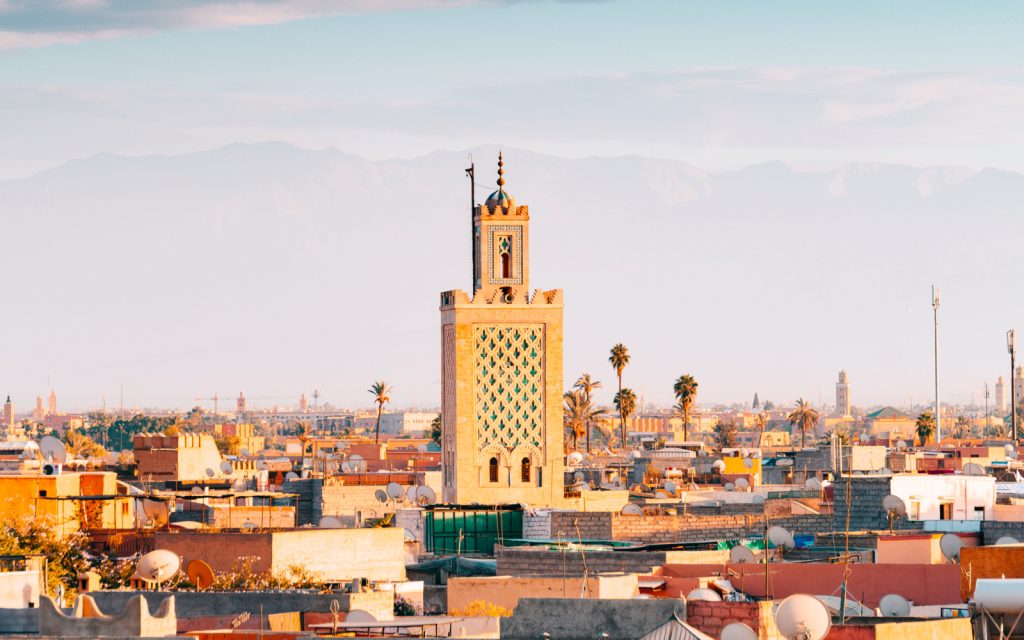
There’s a certain magic in getting lost, a thrill in surrendering yourself to the unknown and unexpected. Nowhere did I feel this more keenly than in the medinas of Marrakech and Fez. These ancient walled cities, with their maze-like alleys, are the pulsating heart of Moroccan urban life, an intoxicating fusion of sights, sounds, and scents that leave you enchanted. Venturing into these labyrinthine streets feels like stepping back in time. The narrow alleyways wind and twist in a convoluted dance, each turn leading to a new discovery. Vibrant stalls brimming with goods spill out into the pathways, beckoning with their array of items. The air is heavy with a potpourri of scents – the sweet aroma of fresh fruits, the earthy fragrance of spices, and the tantalizing smell of sizzling street food.
Exploring Volubilis
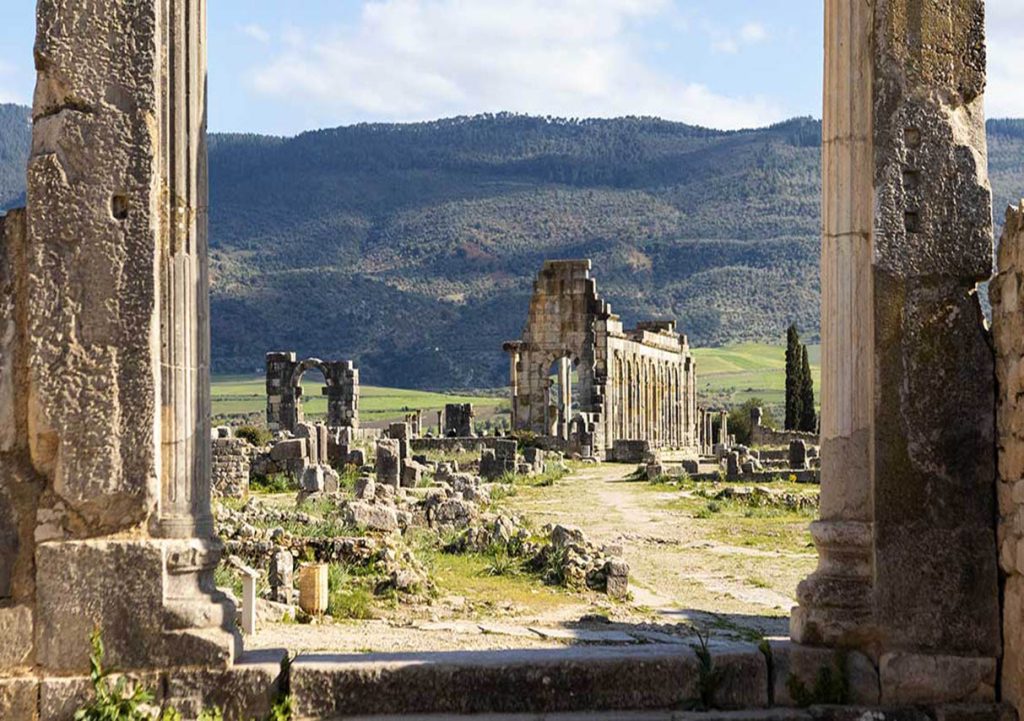
Tucked away amidst the rolling hills near Meknes lies a historical gem that offers a fascinating glimpse into Morocco’s past – the ancient Roman city of Volubilis. This UNESCO World Heritage site stands as a majestic testament to the passage of time, and exploring its ruins felt like stepping into the pages of a history book. Once a thriving outpost of the Roman Empire, Volubilis today is a spectacular showcase of Roman architecture and urban planning. The city’s layout can still be traced – from the central forum to the basilica and the triumphal arch, all telling the tale of its glorious past. The remnants of grand residences, public buildings, and bathhouses paint a vivid picture of life during Roman times.
Seeing Aït Benhaddou
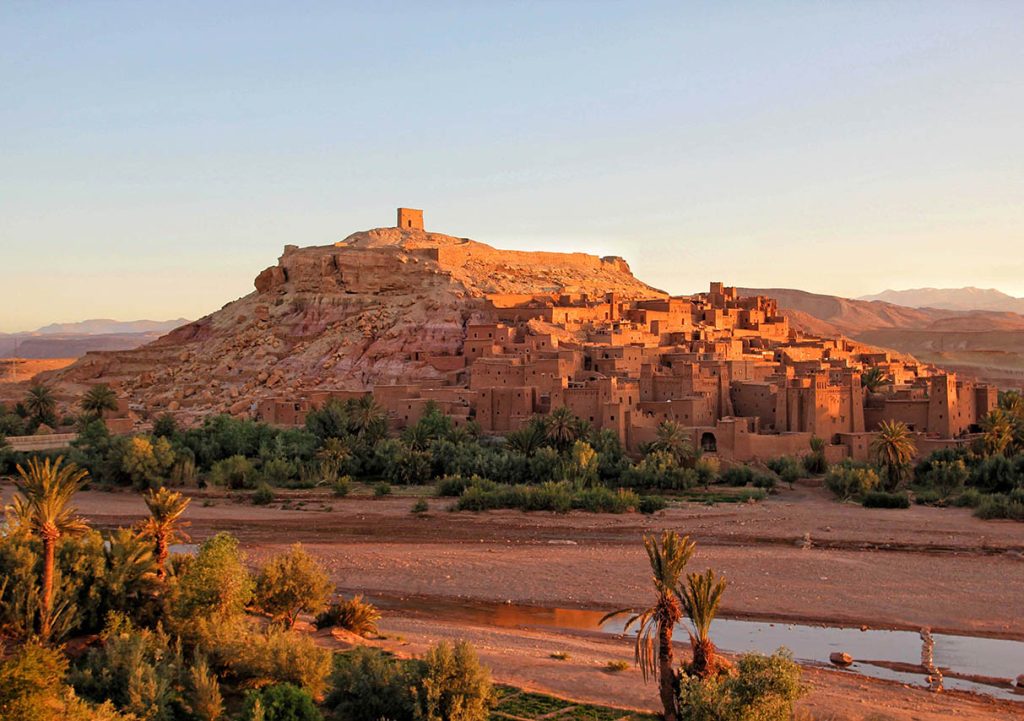
Among Morocco’s myriad of gems, one that truly shines is the fortified city, or ‘Ksar’, of Aït Benhaddou. Standing tall against the stark, desolate backdrop of the desert, this earthen city seems to rise from the sands as a monument to the resilience of human civilization against the harshness of nature. Aït Benhaddou is a remarkable example of traditional Moroccan earthen architecture. Its cluster of kasbahs, with their distinctively crenellated towers, create a sight that is at once formidable and captivating. As I tread the dusty streets, I marveled at the complexity of this well-preserved city, with its interconnected dwellings, public squares, and collective granaries.
Enjoying the Beach and Seafood of Essaouira
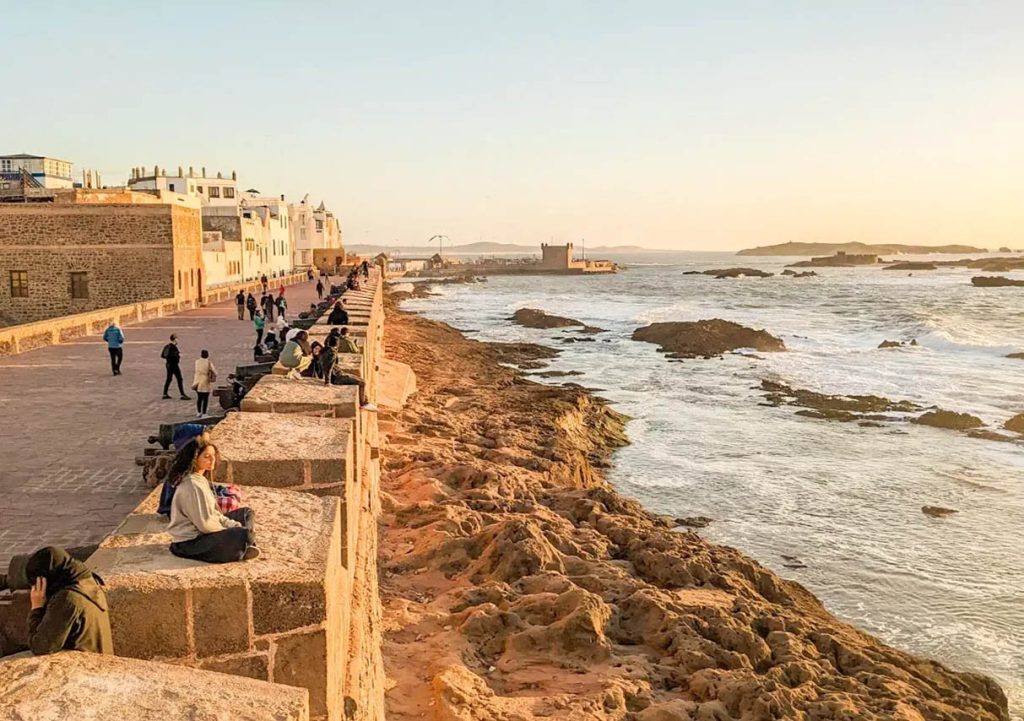
With the scent of salt in the air and the call of the seagulls overhead, Essaouira, a charming coastal town, welcomed me into its embrace. This seaside haven is a beautiful blend of relaxed beach life, thriving art scenes, and culinary delights that left an indelible mark on my Moroccan journey. Essaouira’s laid-back charm is infectious. The vast stretch of sandy beach, lapped by the azure waves of the Atlantic, invites you to let go and unwind. The town’s famed gusty winds add a refreshing touch to the sun-soaked sands, making it a popular spot for windsurfers. Watching them glide and dance over the waves, their sails vibrant against the blue backdrop, was a spectacle that added an exciting layer to the tranquility.
Visiting Marrakech
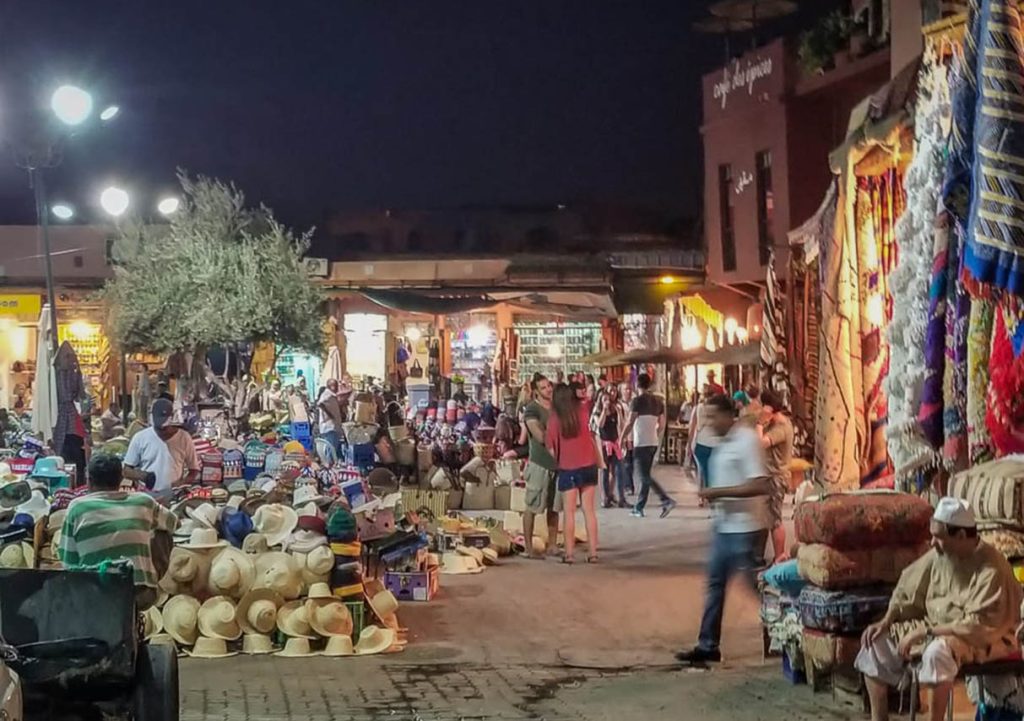
Marrakech, the red city, is a fascinating paradox of calm and chaos, tradition and modernity, simplicity and grandeur. From the moment I arrived, this city cast a spell on me, inviting me to delve into its vibrant blend of history, culture, and life. The heart of Marrakech beats at the Djemaa el-Fna square, an electrifying open-air theatre that bursts into life as the sun goes down. A pulsating epicenter of Moroccan street culture, Djemaa el-Fna is a riot of colors, sounds, and scents. Storytellers, musicians, dancers, snake charmers, and vendors peddling a dizzying array of goods fill the square, creating a spectacle that is both overwhelming and mesmerizing. The energy is infectious, the chaos is charming, and the experience is unforgettable.
Eating Lots of Couscous and Tagine
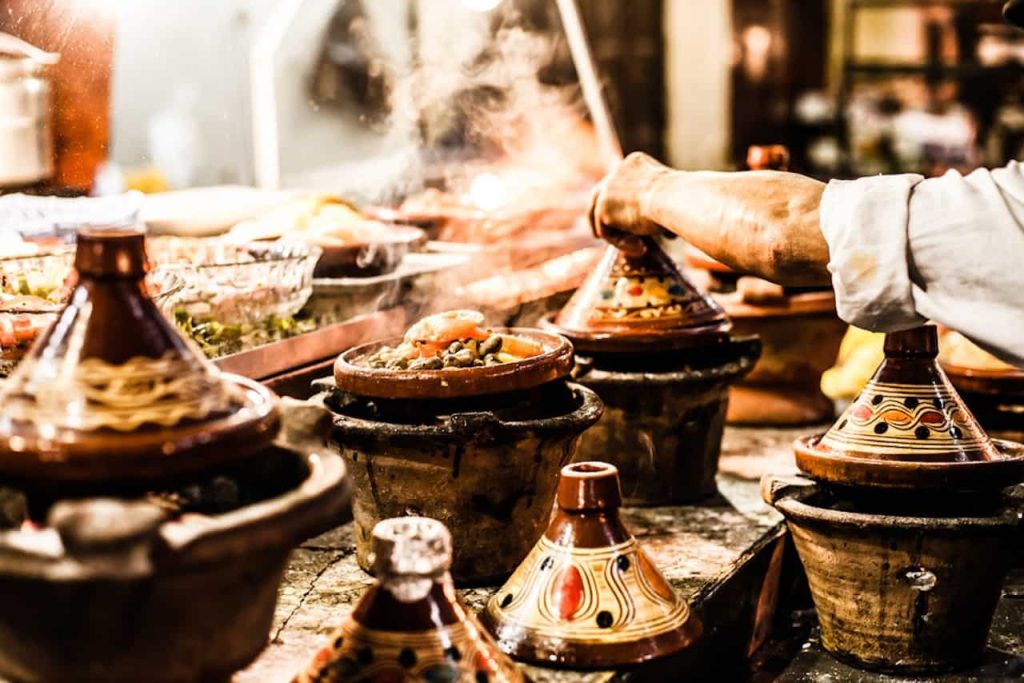
The joy of discovering a country often lies in savoring its culinary delights, and Morocco did not disappoint. The national dishes, couscous and tagine, became staples of my diet and a source of comfort during my travels. Couscous, a seemingly simple dish of steamed semolina grains, is anything but ordinary in Morocco. It is traditionally served with a hearty stew, brimming with vegetables, and sometimes meat, all delicately flavored with an exotic blend of spices. Every bite offers a medley of textures and flavors – the soft fluffiness of the couscous, the crunch of the vegetables, and the succulence of the meat, all brought together by the aromatic harmony of Moroccan spices. The tagine, named after the distinct conical pot it’s cooked in, was another gastronomic revelation. This slow-cooked stew, made with meat, poultry or fish, and a generous assortment of vegetables, is a showcase of Moroccan culinary expertise. What makes each tagine unique is the intricate blend of spices, herbs, and other ingredients like preserved lemon or olives, creating a depth of flavor that is soul-satisfying.
Drinking Mint Tea
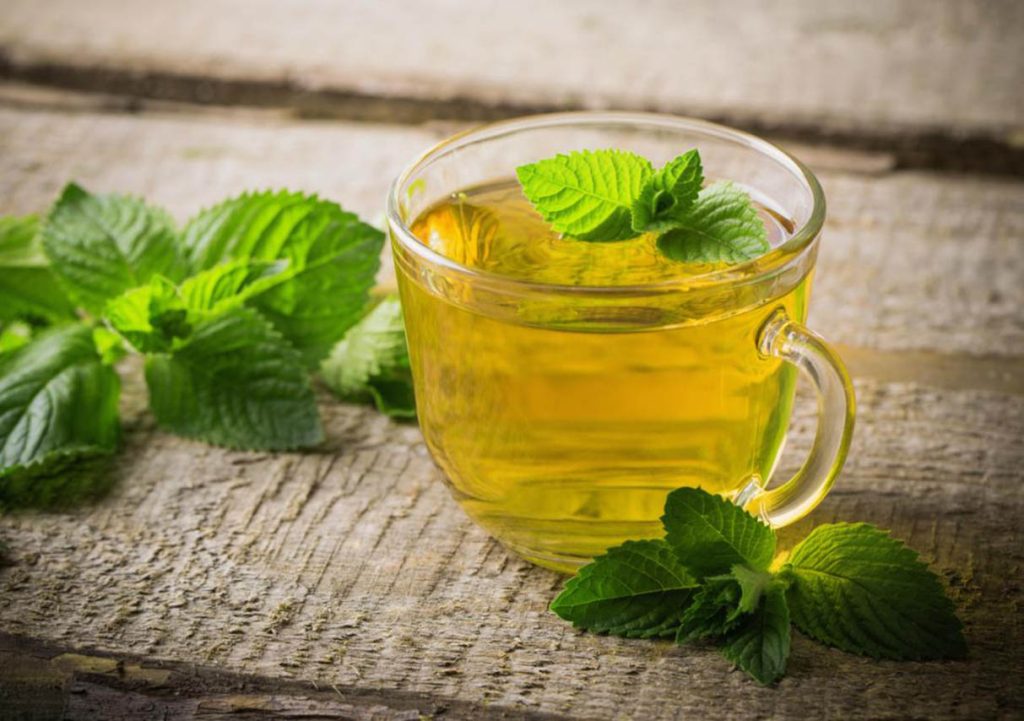
In Morocco, the act of drinking tea is more than mere hydration; it’s a ritual, a symbol of hospitality, and an integral part of the country’s social fabric. The mint tea, playfully referred to as ‘Moroccan Whiskey’ due to its ubiquitous presence, quickly became a treasured part of my daily routine. Moroccan mint tea is a delightful paradox, a hot drink that is refreshingly cool, thanks to the liberal use of fresh spearmint leaves. The tea is brewed with gunpowder green tea, and sugar is added to taste. But what truly elevates it is the ceremonial way it is prepared and served. The tea is often poured from a height to aerate it, creating a frothy layer on top that is both visually appealing and adds a unique texture.
Hearing the Call to Prayer
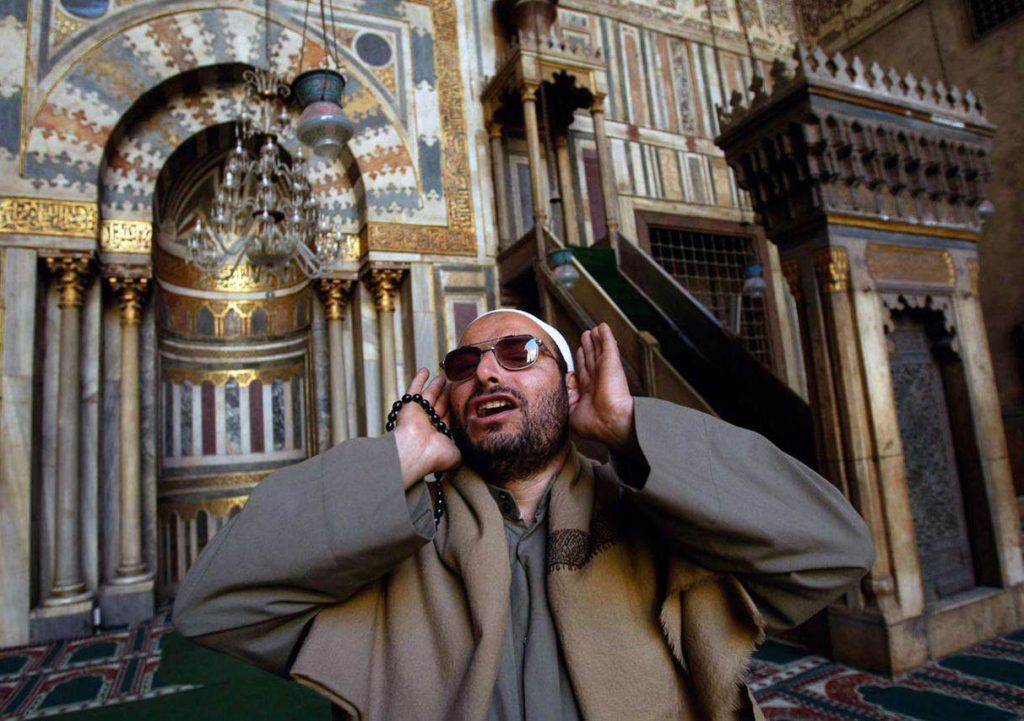
Amidst the tangible wonders of Morocco, it was an intangible experience that left a deep impression on me – the ethereal sound of the Adhan, the Islamic call to prayer. This hauntingly beautiful chant, resonating across the city five times a day, imbued the air with a sense of tranquility and serenity. The Adhan is a potent symbol of Morocco’s rich Islamic heritage. As the muezzin’s voice echoed from the minarets, spreading over the rooftops and winding streets, I felt an immediate connection to the spiritual fabric of the country. Regardless of where I was – in the labyrinthine alleys of a bustling medina, amidst the tranquil beauty of a desert, or along the bustling coast – the call to prayer added a rhythm, a structure, to the day.
